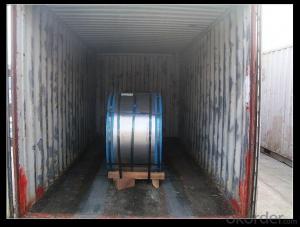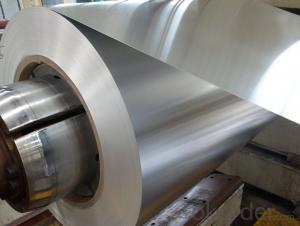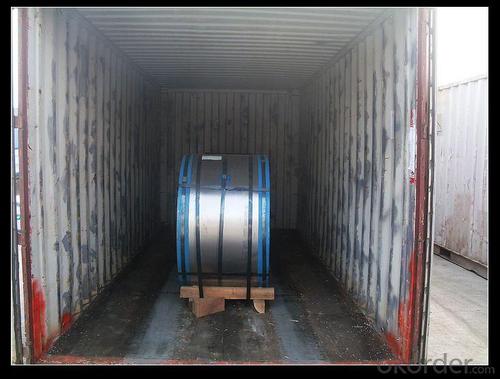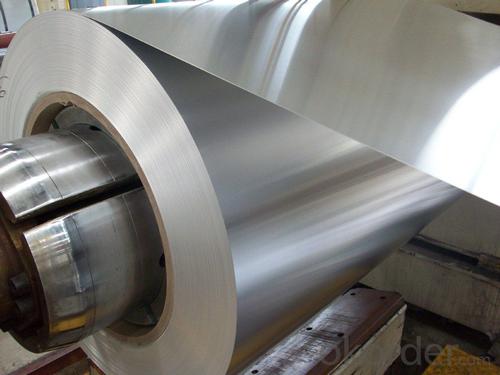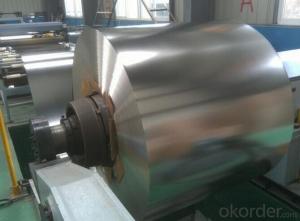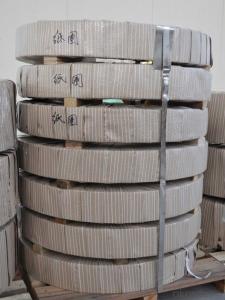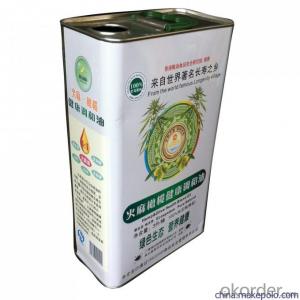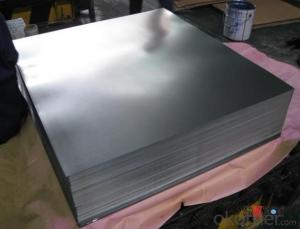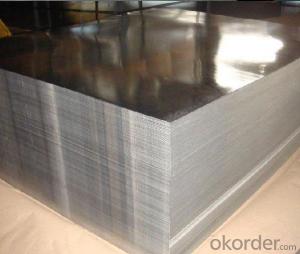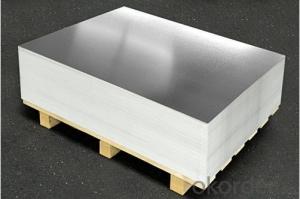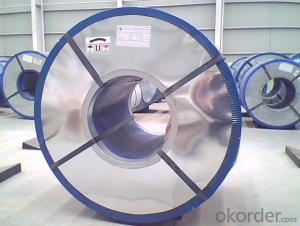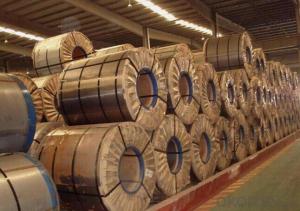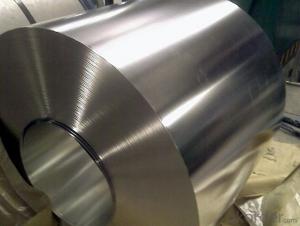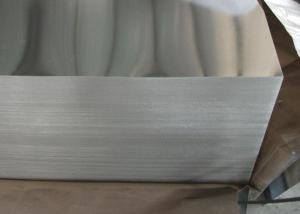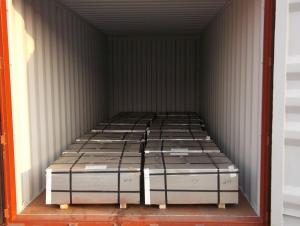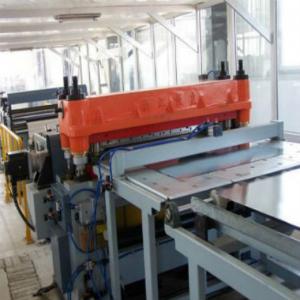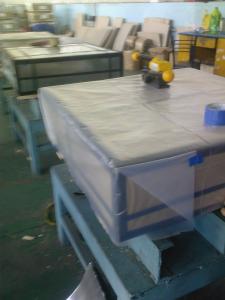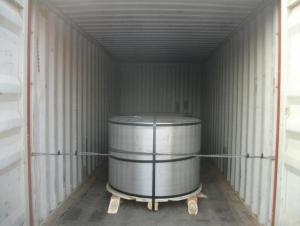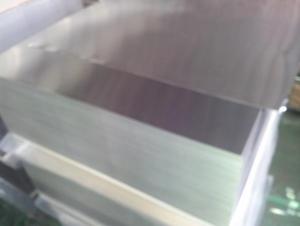Tinplates Coils / Sheet for Foods Packaging
- Loading Port:
- Tianjin
- Payment Terms:
- TT OR LC
- Min Order Qty:
- 25 m.t
- Supply Capability:
- 7000 m.t/month
OKorder Service Pledge
OKorder Financial Service
You Might Also Like
1.Structure of Electrolytic Tin Plate Coils and Sheets for Foods Metal Packaging Description
Electrolytic Tin Plate Coils and Sheets for Foods Metal Packaging, is one thin steel sheet with a coating of tin applied by electrolytic deposition. Tinplate made by this process is essentially a sandwich in which the central core is strip steel. This core is cleaned in a pickling solution and then fed through tanks containing electrolyte, where tin is deposited on both sides. As the strip passes between high-frequency electric induction coils, it is heated so that the tin coating melts and flows to form a lustrous coat.
2.Main Features of the Electrolytic Tin Plate Coils and Sheets for Foods Metal Packaging
Appearance – Electrolytic Tin Plate is characterized by its beautiful metallic luster. Products with various kinds of surface roughness are produced by selecting the surface finish of the substrate steel sheet.
Paintability and printability – Electrolytic Tin Plates have excellent paintability and printability. Printing is beautifully finished using various lacquers and inks.
Formability and strength – Electrolytic Tin Plates have got very good formability and strength. By selecting a proper temper grade, appropriate formability is obtained for different applications as well as the required strength after forming.
Corrosion resistance – Tinplate has got good corrosion resistance. By selecting a proper coating weight, appropriate corrosion resistance is obtained against container contents. Coated items should meet 24 hour 5 % salt spray requirement.
Solderability and weldability – Electrolytic Tin Plates can be joined both by soldering or welding. These properties of tinplate are used for making various types of cans.
Hygienic – Tin coating provides good and non toxic barrier properties to protect food products from impurities, bacteria, moisture, light and odours.
Safe – Tinplate being low weight and high strength makes food cans easy to ship and transport.
Eco friendly – Tinplate offers 100 % recyclability.
Tin is not good for low temperature applications since it changes structure and loses adhesion when exposed to temperatures below – 40 deg C.
3.Electrolytic Tin Plate Coils and Sheets for Foods Metal Packaging Images
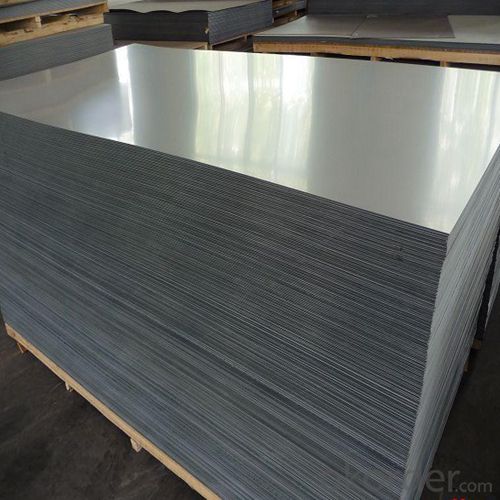
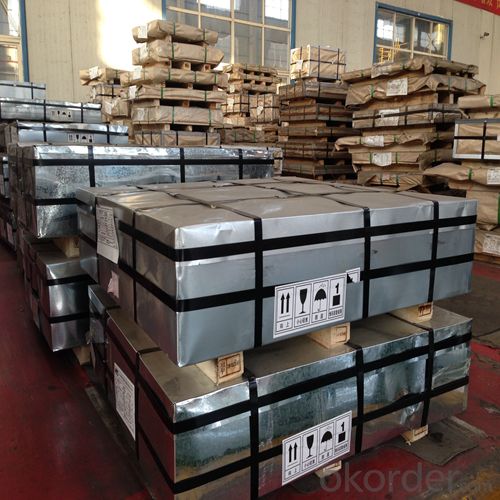
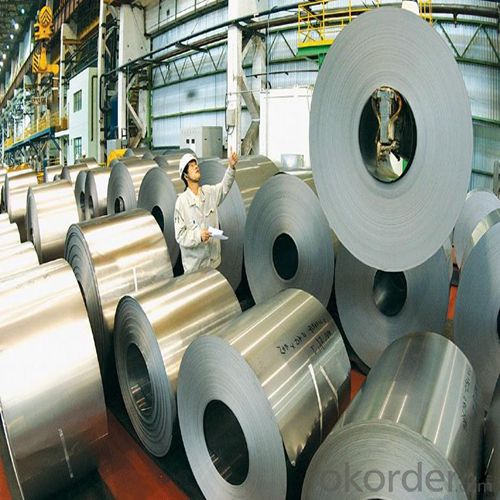
4.Electrolytic Tin Plate Coils and Sheets for Foods Metal Packaging Specification
Standard | ISO 11949 -1995, GB/T2520-2000,JIS G3303,ASTM A623, BS EN 10202
|
Material | MR,SPCC |
Thickness | 0.15mm - 0.50mm |
Width | 600mm -1150mm |
Temper | T1-T5 |
Annealing | BA & CA |
Coil Inner Diameter | 508mm |
Weight | 6-10 tons/coil 1~1.7 tons/sheets bundle |
Passivation | 311 |
Oil | DOS |
Surface | Finish,bright,stone,matte,silver |
5.FAQ of Electrolytic Tin Plate Coils and Sheets for Foods Metal Packaging
-What your tinplate material is used for ?
Tinplate is widely used for the packaging of products. Such as food cans,
beverage cans, pet cans, closures, general line cans and so on.
Printed Tinplate is offered!!
-How to place .an order or contact you ?
Please send us Email. we will give you a quick response in seconds .
- How is your quality ?
All our quality is prime even the secondary quality . We have many years experience
In this field with serious quality control standard . Advanced equipment, We welcome your visit to our factory .
- Q: How is tinplate affected by different types of dairy products?
- Tinplate, which is a thin steel sheet coated with a layer of tin, can be affected by different types of dairy products due to their varying acidity levels and chemical composition. Dairy products such as milk, cream, and butter, which have a neutral pH, generally do not cause significant reactions with tinplate. However, highly acidic dairy products like yogurt or buttermilk can corrode the tin coating, leading to discoloration or off-flavors in the food. It is important to use proper packaging materials, such as food-grade plastic or glass, for storing and transporting highly acidic dairy products to prevent any unwanted reactions with tinplate.
- Q: How does tinplate contribute to the containment of chemical substances?
- Tinplate contributes to the containment of chemical substances by providing a protective barrier against corrosion and contamination. It is a durable and impermeable material that prevents the interaction between the chemical substances and the surrounding environment, ensuring their integrity and safety.
- Q: What are the typical finishing options for tinplate products?
- The typical finishing options for tinplate products include printing, embossing, lacquering, and coating.
- Q: Can tinplate packaging be used for promotional items?
- Yes, tinplate packaging can definitely be used for promotional items. Tinplate is a versatile and durable material that can be customized with various designs and branding. It offers a unique and premium look, making it an attractive choice for promotional items such as gift sets, collectibles, or limited edition products. Additionally, tinplate packaging provides excellent protection for the items inside, ensuring their quality and longevity.
- Q: Can tinplate be used for industrial containers?
- Yes, tinplate can be commonly used for industrial containers due to its strength, durability, and resistance to corrosion.
- Q: How does tinplate packaging contribute to product visibility?
- Tinplate packaging contributes to product visibility through its glossy and reflective surface, allowing consumers to easily spot and identify the product on shelves. Additionally, tinplate packaging can be customized with vibrant colors and eye-catching designs, further enhancing the visibility and attractiveness of the product.
- Q: How does tinplate perform in terms of tamper resistance?
- Tinplate performs well in terms of tamper resistance due to its strong and durable nature. It is difficult to manipulate or tamper with, providing a secure packaging solution for various products.
- Q: What are the main differences between tinplate and tinplate laminates in terms of shelf life?
- The main difference between tinplate and tinplate laminates in terms of shelf life is that tinplate laminates offer better protection against external factors such as moisture and oxygen. The lamination process involves bonding a layer of plastic or other materials to the tinplate, providing an additional barrier against corrosion and contamination. This enhanced protection helps to extend the shelf life of products packaged in tinplate laminates compared to those in regular tinplate.
- Q: How does tinplate resist corrosion?
- Tinplate resists corrosion due to the presence of a thin layer of tin on its surface. This tin layer acts as a protective barrier, preventing oxygen and moisture from coming into contact with the underlying iron or steel, thus minimizing the chances of corrosion.
- Q: What are the different ways to recycle tinplate closures?
- There are several different ways to recycle tinplate closures. One way is to separate the tinplate from other materials, such as plastic or glass, and then melt it down to create new tinplate products. Another method is to crush the closures into small pieces and use them as aggregate in construction materials like concrete. Tinplate closures can also be reprocessed and used in the production of new closures or other metal products. Additionally, recycling facilities may accept tinplate closures and send them to specialized recycling centers for further processing.
Send your message to us
Tinplates Coils / Sheet for Foods Packaging
- Loading Port:
- Tianjin
- Payment Terms:
- TT OR LC
- Min Order Qty:
- 25 m.t
- Supply Capability:
- 7000 m.t/month
OKorder Service Pledge
OKorder Financial Service
Similar products
Hot products
Hot Searches
Related keywords
